18.01.15 — Journal
Danish Design Museum
As part of me and Izzy’s trip to Copenhagen we stopped by the Danish Design Museum for a tour through some of history’s greatest Scandinavian design.
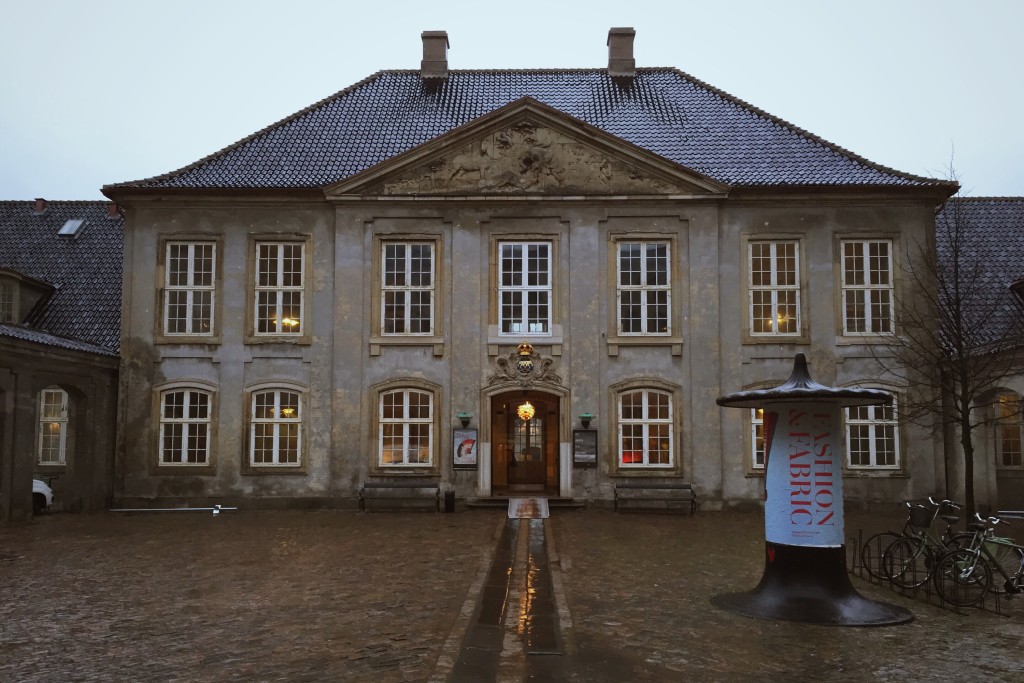
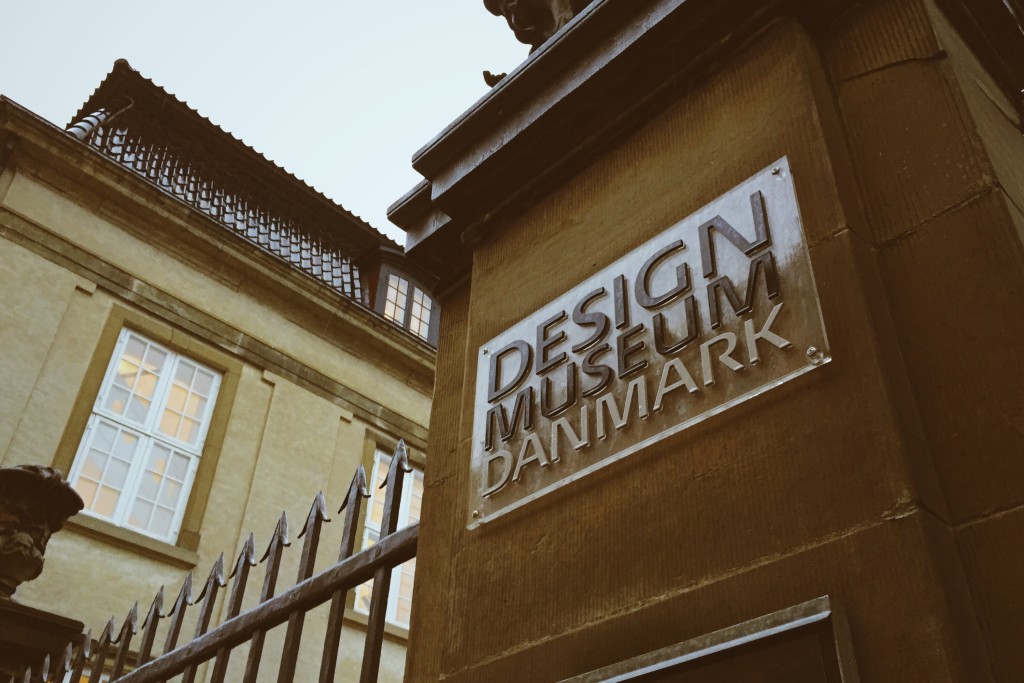
The museum began by showcasing the visual history of children’s books (all in Danish of course) which pleased my graphic designer sensibilities.
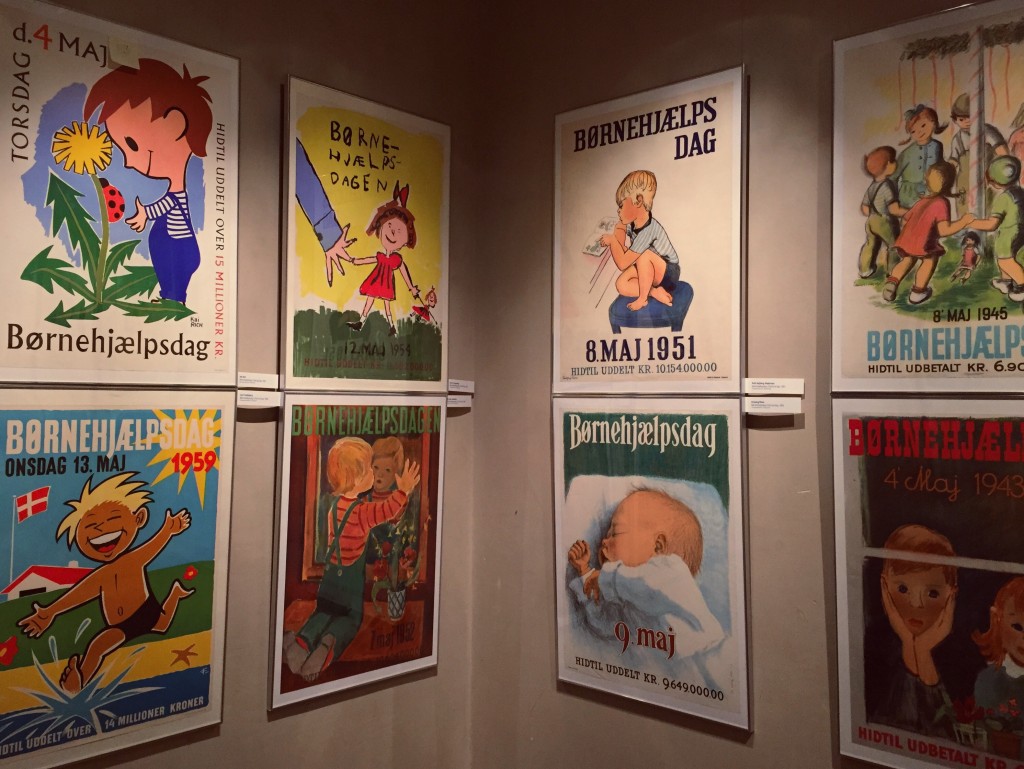
The installation focused on a publication called “Børnehjælpsdag”, and was intriguing in that it showcased various techniques through different styles. From traditional pencil illustrations to blocky nearly-constructivist screen printed compositions, it made me wonder – had the change in Danish style necessitated the change in technique, or was the inverse true? Did emerging and increasingly cheap and more common techniques push designers to adopt these new modernist styles?
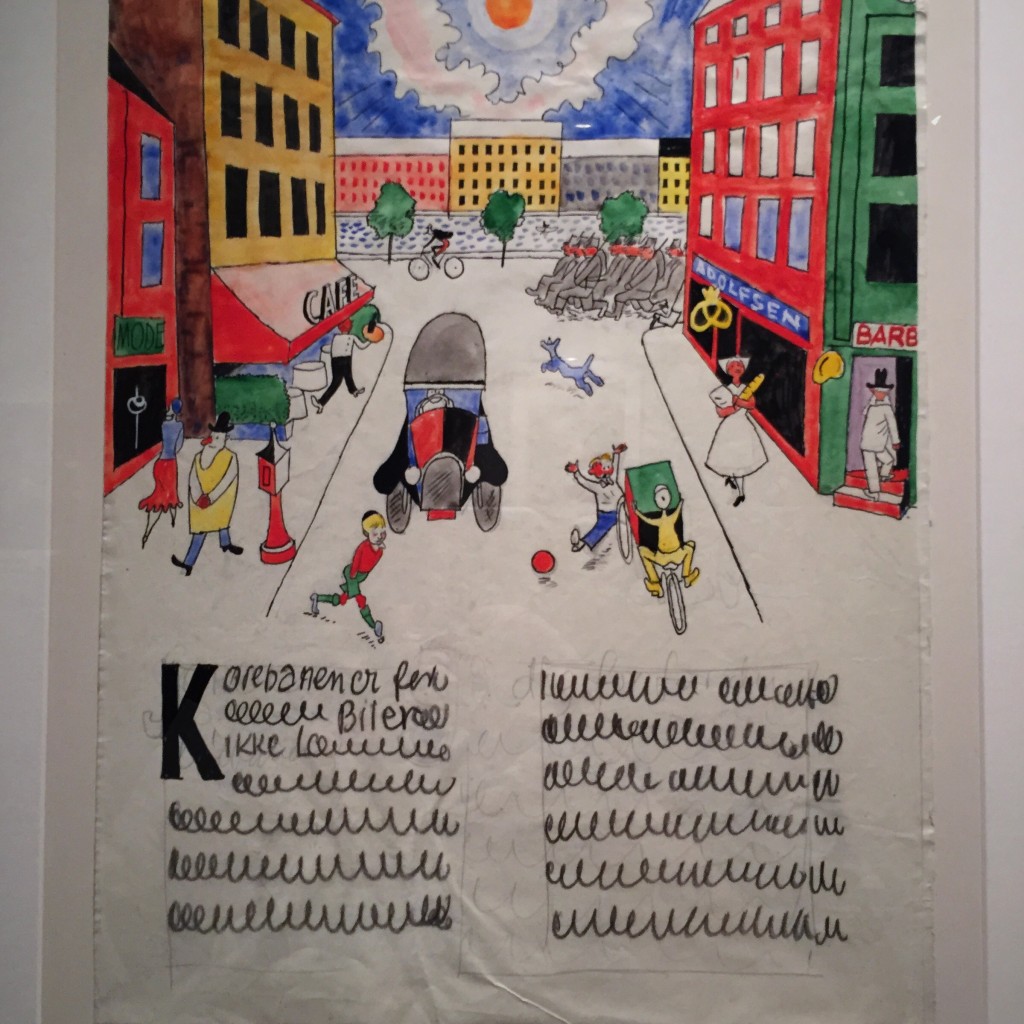
In a city surrounded by an abundance of great design, I was apprehensive as to whether a design museum was necessary – in this beautiful city one only has to look around to see countless examples of architecture and design in all its forms dating from the 18th century right up to the modern day.
However the museum proved to be well worthy the wander down, as it was free to enter for students (under 26) and hosted a wealth of design history: covering fields from industrial to fashion to graphic design.
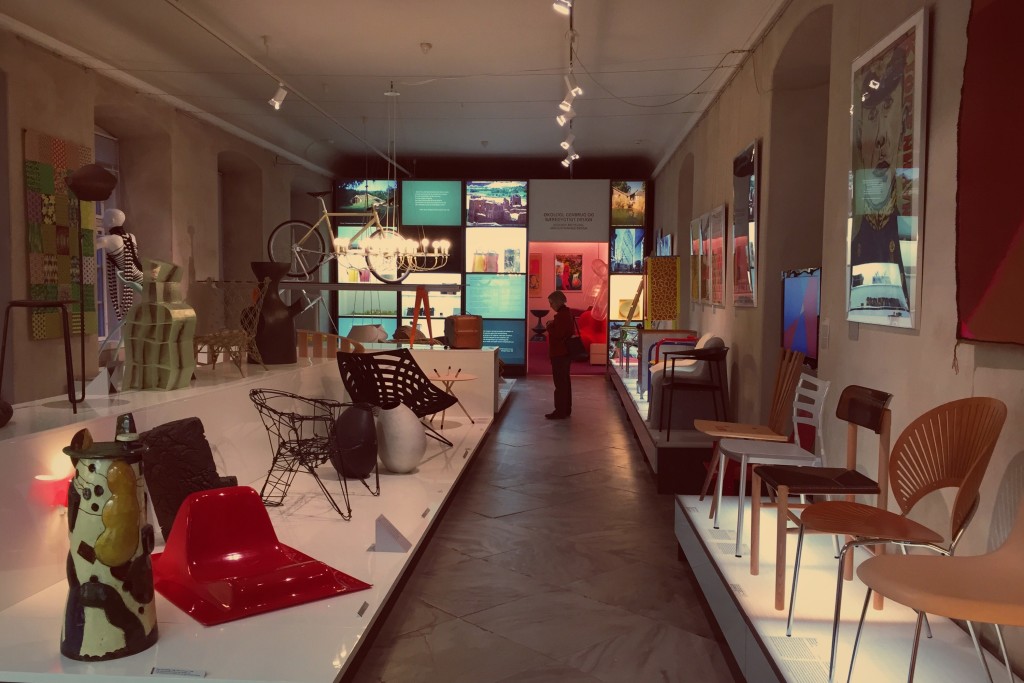
The most prominent and recurring installation was, of course, the designer’s favourite: the chair. Chairs from all periods of history were on display throughout the museum, including a Danish favourite: the egg chair. This old timeline suggesting the future development of the chair made me chuckle – cynicism of minimalism at its best.
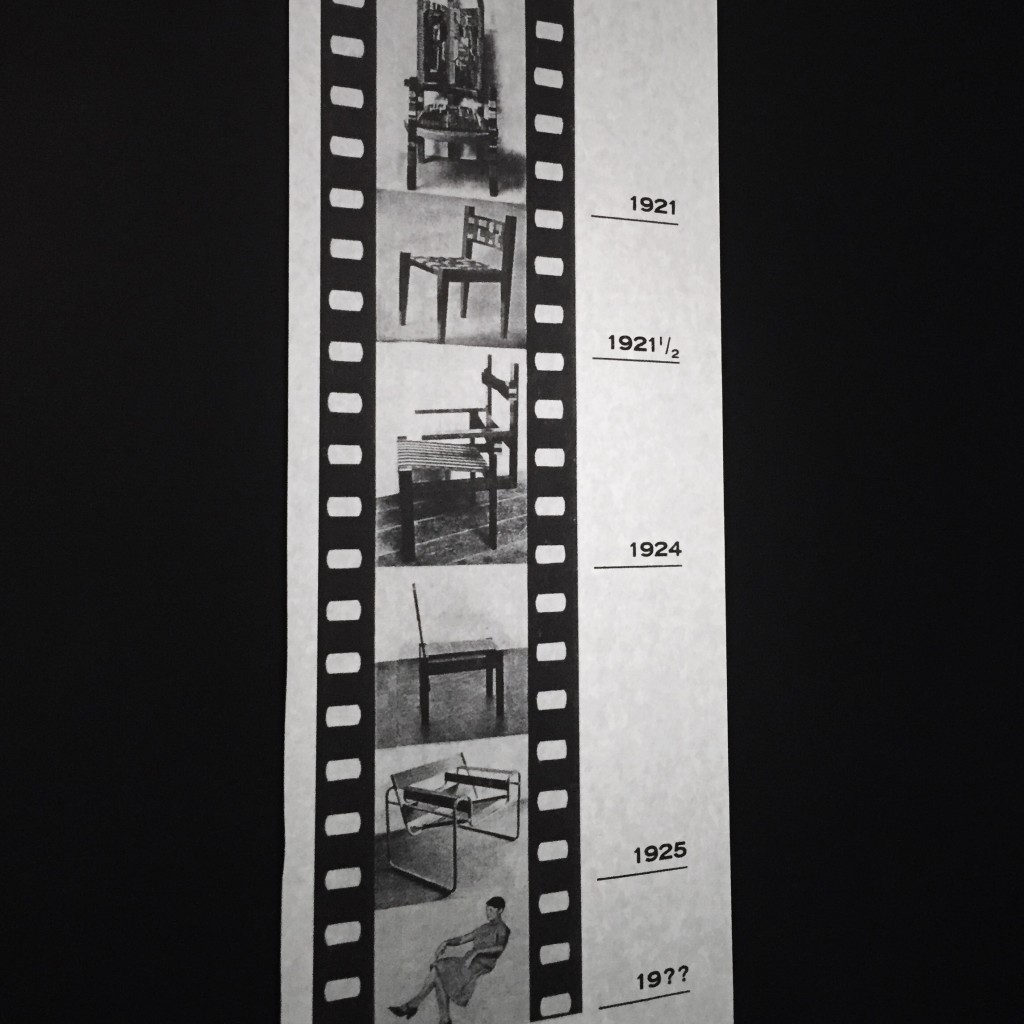
I am reminded here to defend the minimalist attitude, with a quote from one of my personal design heroes, Dieter Rams: “Good design is as little design as possible.”
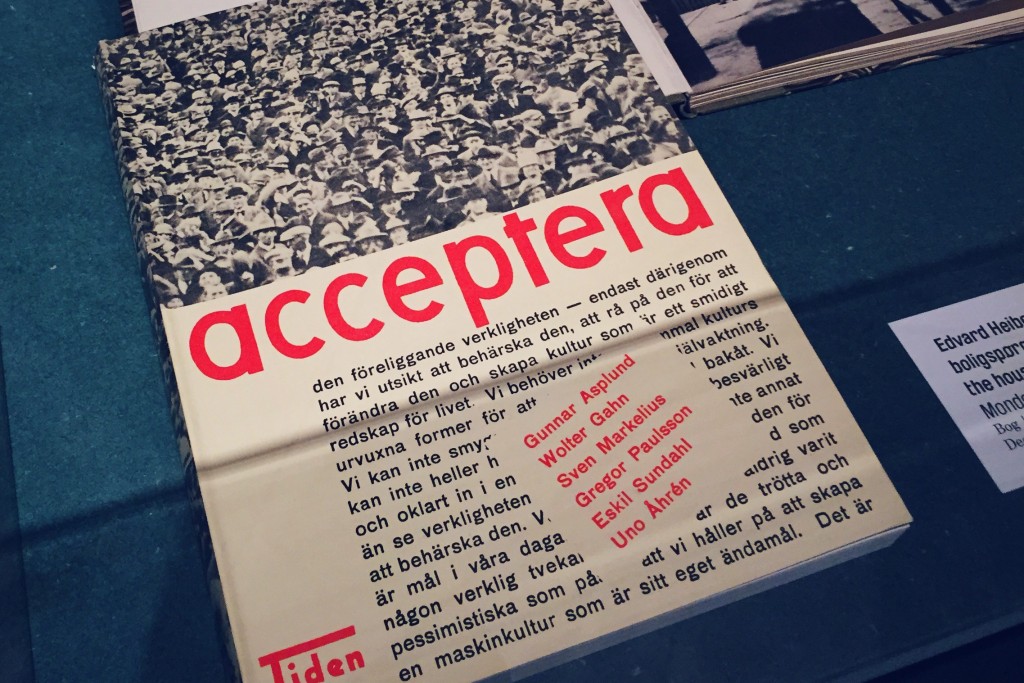
The museum was split into themed sections, dealing with either fields of design, specific designers or design eras/styles. One section which caught my imagination was this futuristic house and design philosophy by Arne Jacobsen, the former of which consisted of a circular construction with an abundance of pure white, described by the museum curators as a “utopia of movement and lightness.”
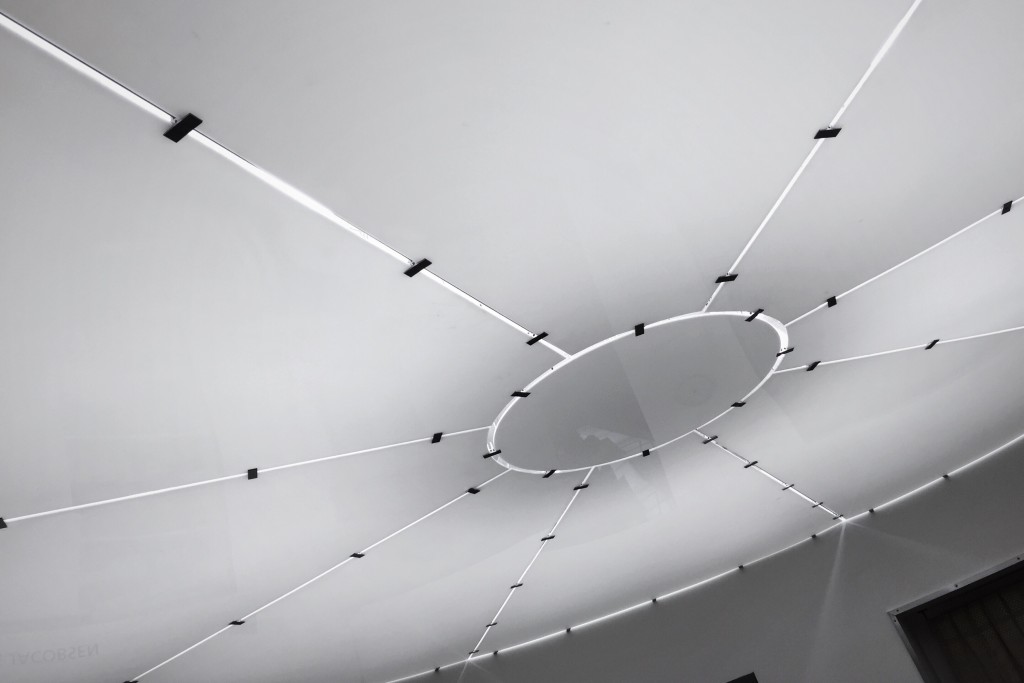
A section which also caught my interest was one which transported me straight back to Leeds – the textiles and fashion design section. With the University of Leeds’ International Textile Archive right on campus, I have already been exposed to and taken interest in the patterns and shapes used in textile design through the ages and across cultures. It was very interesting to be able to see such beautifully intricate designs, some of which were even woven with silver and gold threads.
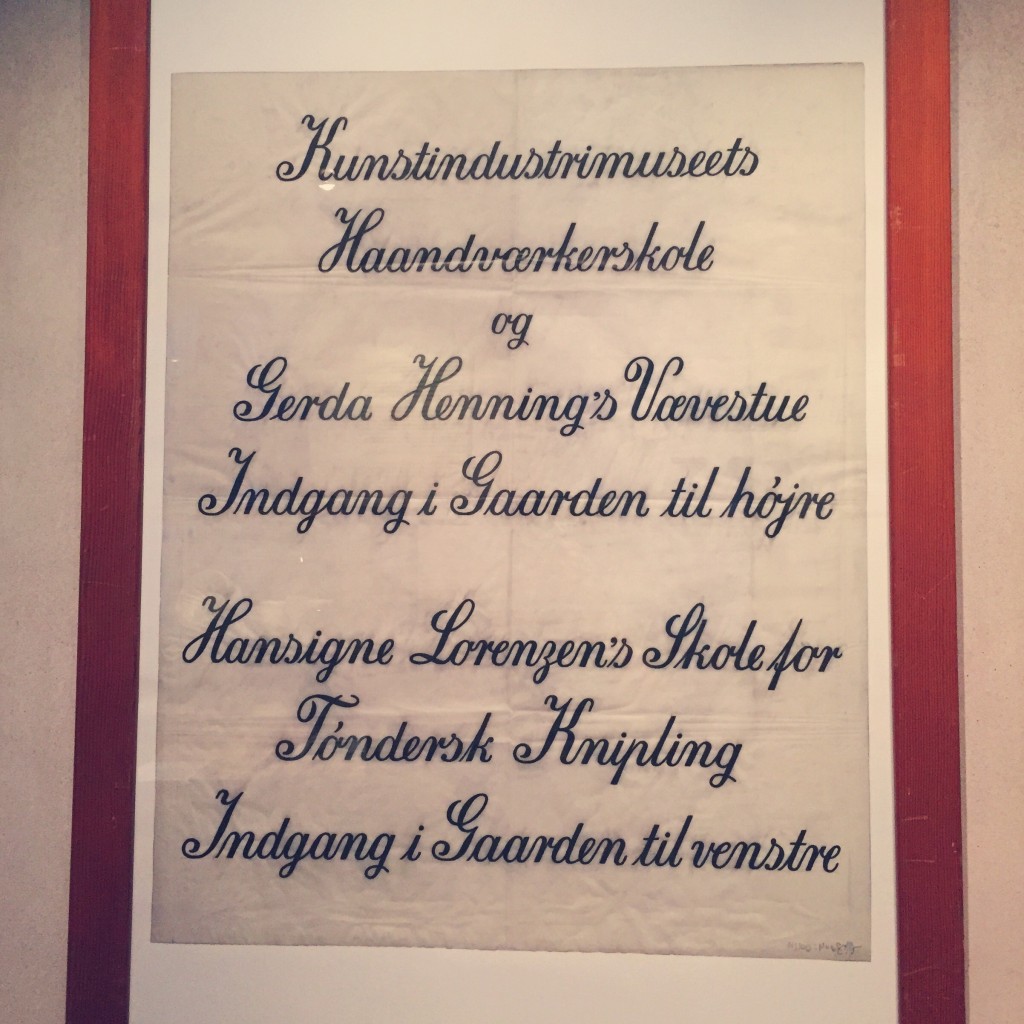
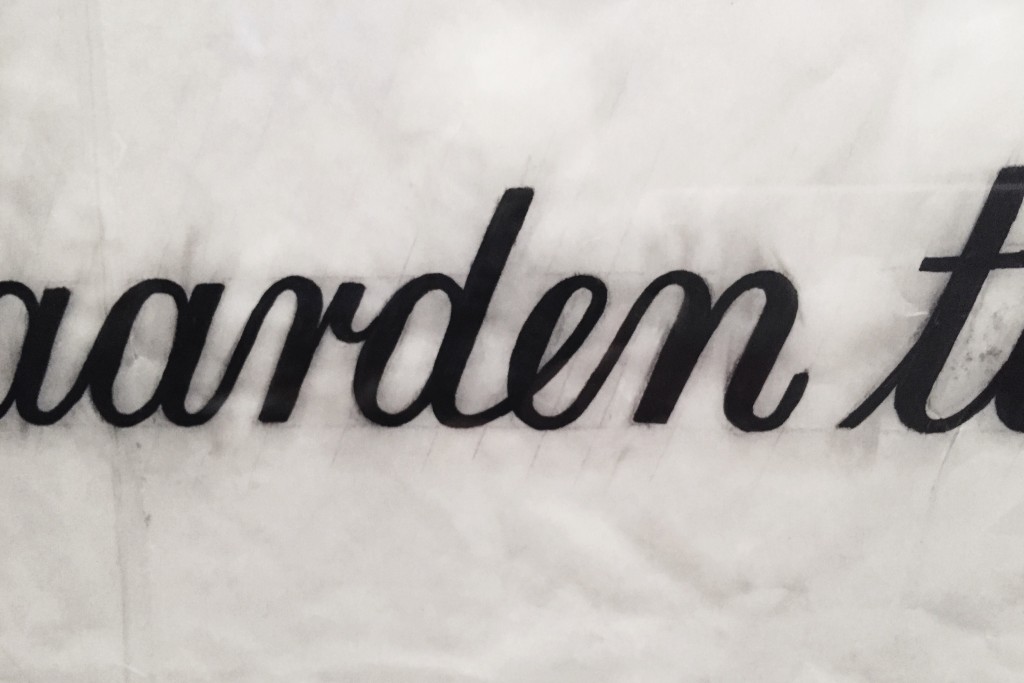
Something which I noticed as we wandered through the industrial/furniture design section towards the end of the museum was the intricacy of the work and the overlapping of layers for both structural and ease-of-working purposes. As mentioned above, the grids behind seemingly freehand script type were visible upon closer inspection, reinstalling an appreciation for this precise craft.
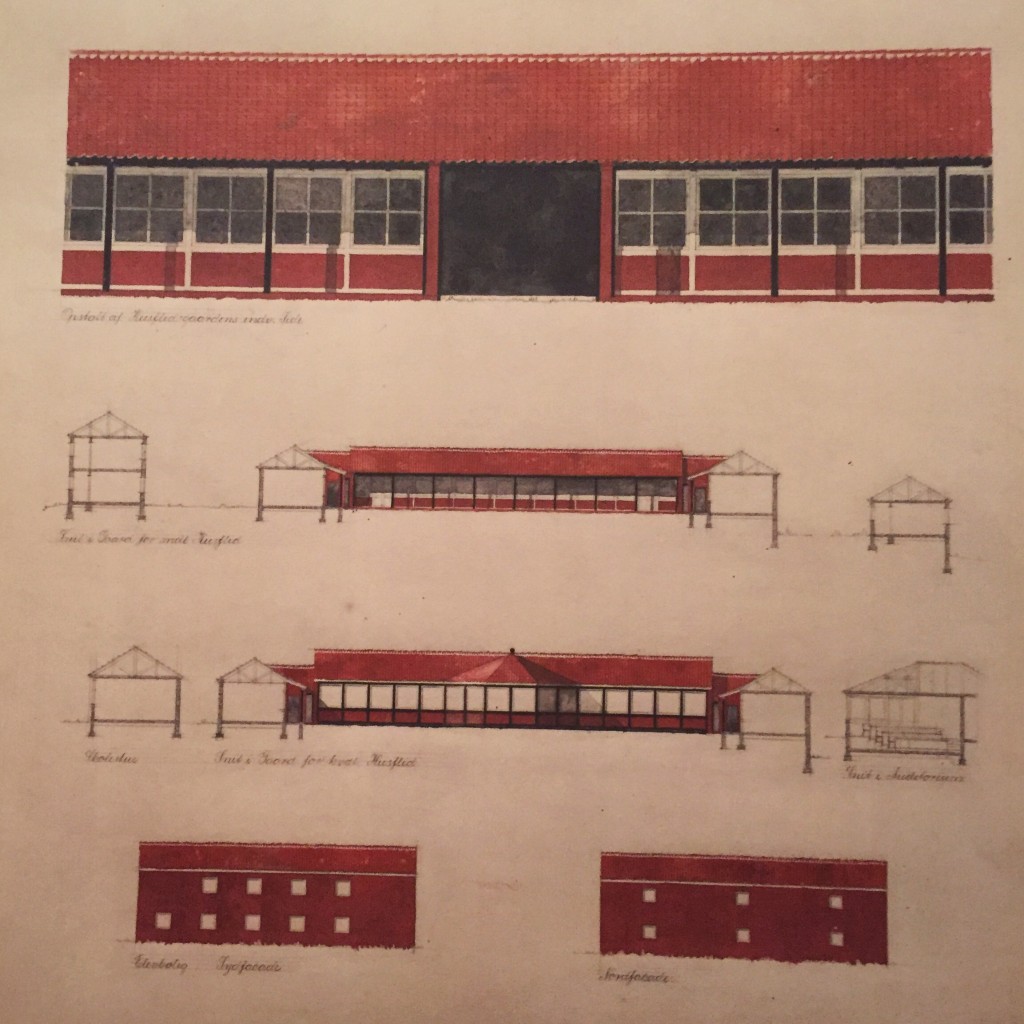
Seeing the many perspective views of a structure or product around each other made me appreciate that there was a time where photocopying wasn’t viable, and the fineness of the details in these plans was awe inspiring.
The museum concluded with the oldest trick in the tourist-trap book – a gift shop. Excuse my scepticism there, it was actually a really great shop full of some beautiful Danish designs. Being as skint as we were though, me and Izzy opted to sit down and drink our bottled water instead. The life, eh?
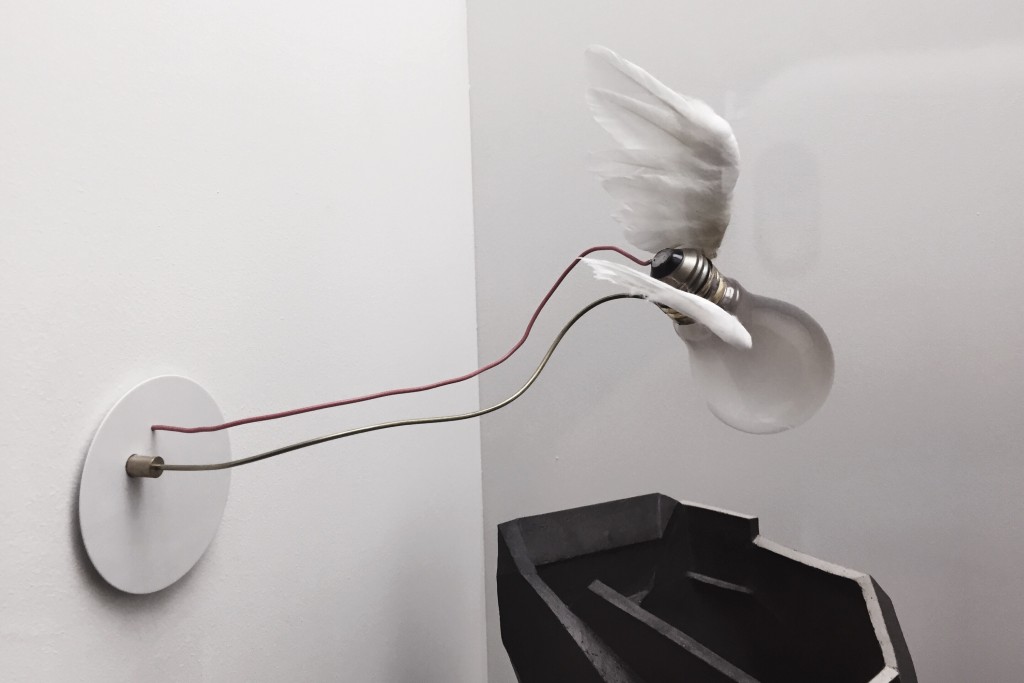
To conclude the Design Museum was more than just a few examples of graphic design, it provided a fascinating look back on the history of all areas and facets of design as a practice. I thoroughly enjoyed spending a good couple of hours browsing through the collections, and would suggest that any design-minded people passing through Copenhagen make sure to give it a visit.